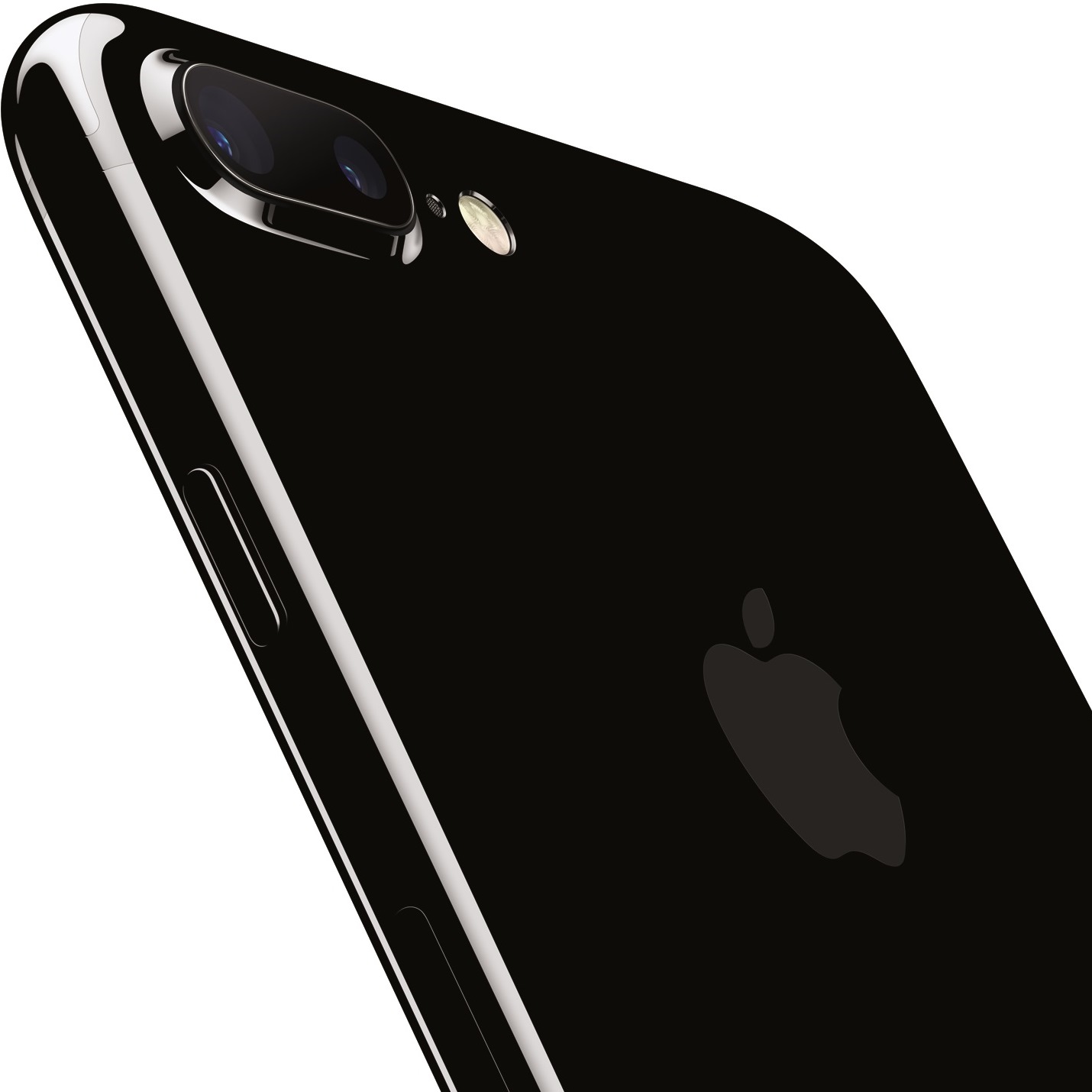Technology
What Analysts Are Saying After the Apple iPhone Debut

Published:
Last Updated:

Apple Inc. (NASDAQ: AAPL) has changed the game once again with its most recent product launch in San Francisco. This is perhaps one of the most anticipated events of the year for consumers, investors and analysts alike. However, this year was nothing short of controversial considering the updates that Apple made to its beloved iPhone.
At this event, the latest model of the company’s iPhone was revealed and, as everyone expected, the new phone’s headphone jack is gone and the dual rear-facing cameras are included on the iPhone 7 Plus. Practically everyone had an opinion on this, as well as where Apple and the iPhone stand to go from here. We are taking a look specifically at what analysts are saying after the presentation.
Apart from the iPhone, the Apple Watch Series 2 was introduced as well. What sets this smartwatch apart from the previous model is that it is now water-resistant to a depth of 50 meters and owners can play Pokemon Go on it, although Pokemon can only be captured on the iPhone. It remains to be seen if the water-resistant capabilities of the Apple Watch are better than the waterproofing of the Samsung Electronics’ Galaxy S7 Active smartphone, which failed a test routinely used by Consumer Reports to test waterproof claims for devices.
Returning to the iPhone 7, the new device will be available in a new color, Space Black, as rumored and is both dust- and water-resistant. The 12-megapixel camera enhancement was announced, also as expected. The battery life on the iPhone 7 has also been extended by two hours, and the iPhone 7 Plus will run an hour longer with the new batteries.
Apple also introduced its new AirPod wireless earphones. The new iPhones come with an adapter that allows customers to use their analog headsets, but the company has taken the plunge on removing the headset jack. AirPods are said to have 24 hours of battery life. The new pods cost $160.
Apple has also ditched the 16 gigabyte (GB) version of the iPhone, also an expected announcement. The new storage levels are 32 GB, 128 GB and 256 GB, double the amounts in previous phones.
Oppenheimer has a Perform rating and has this to say in its report:
At a press event on 9/7, Apple unveiled iPhone 7/7 Plus, new Apple Watch, and new earphones (AirPods). As expected, new iPhones inherit the look of iPhone 6/6s and are upgraded with better processors, display, and camera. Cosmetic changes are limited to color and the audio jack. The most highlighted feature is the dualear cameras on 7 Plus, which provide optical zoom and many improved imaging capabilities. The AirPods come across as a surprise. Apple manages to integrate many smart sensors in regular sized earbuds. We notice that Apple Watch is increasingly portrayed as a fitness device. We believe the event offers interesting glimpse into Apple’s future device ecosystem. However, we are unconvinced that those new devices will materially alter our current financial estimates.
Argus reiterated a Buy rating with a $135 price target. In the firm’s view, the tepid and even negative response expressed in the stock price equally reflects the lack of ground-breaking developments, as well as the lack of any surprise factor for the world’s most scrutinized consumer product. Despite the uneven and in some cases hostile response to iPhone 7, Argus thinks the phone will be a success at least partly because of upgrade timing. About one-third of iPhones have the four-inch screen size associated with iPhone 5 and iPhone 4. While Apple will post negative EPS comps for fiscal 2016, the iPhone 7 cycle has now begun. Apple shares were similarly depressed at the end of the iPhone 5 cycle and took off once iPhone 6 hit the shelves two years ago.
Credit Suisse took this opportunity to reiterate its Outperform rating and $150 price target. The firm said in its report:
Apple released updates to its iPhone portfolio, Apple Watch offering, new wireless headphones (called AirPods) and new Beats headphones. The releases point to continued innovation at Apple in hardware, software, and services and are welcome additions to its wide portfolio of compute products. The new announcements today further add to Apple’s strong product portfolio and provide a solid bedrock for Apple’s growing Services business.
Wells Fargo downgraded Apple to a Market Perform rating from Outperform and adjusted its valuation range to $105 to $120, from $115 to $125 previously. The investment bank sees limited upside potential beyond the high end of its revised range given investor expectations for the raise, narrow visibility into March and June quarters (dependent on December sell-through) and potential for pull-in of demand from future quarters due to more aggressive country launch plans. While iPhone 8 has the potential to be a big cycle, Wells Fargo believes there is limited visibility given the off cycle and, if history is an indicator, the bank believes it too early to be investable.
Merrill Lynch maintained a Buy rating with a $120 price objective and detailed why in its report:
We rate Apple a Buy on potential upside from 1) Continued long-term opportunity in China, 2) potential share gains from the release of a lower-end iPhones, 3) strength in the upcoming iPhone 7 cycle, 4) optionality in cash balance. Risks are: 1) Upcoming deceleration in iPhones after a strong product cycle 2) development of new revenue sources like Apple Pay, Apple Watch, home/health kit, etc., that will take time to mature.
A fair number of other analysts weighed in on Apple as well:
Shares of Apple closed down 2.3% at $103.13 on Friday, with a consensus analyst price target of $123.66 and a 52-week trading range of $89.47 to $123.82.
Thank you for reading! Have some feedback for us?
Contact the 24/7 Wall St. editorial team.